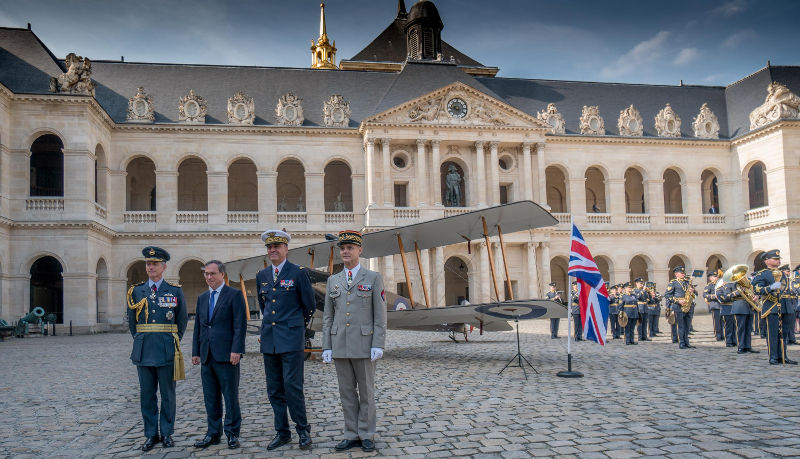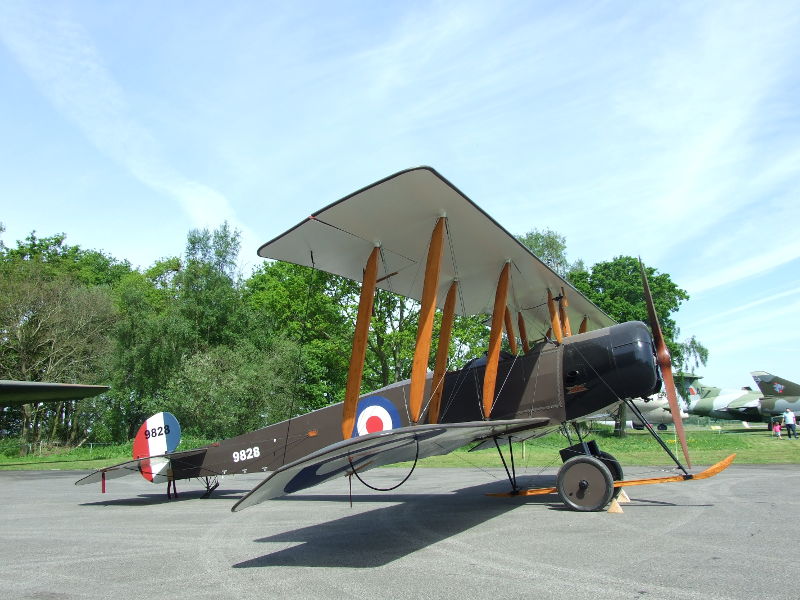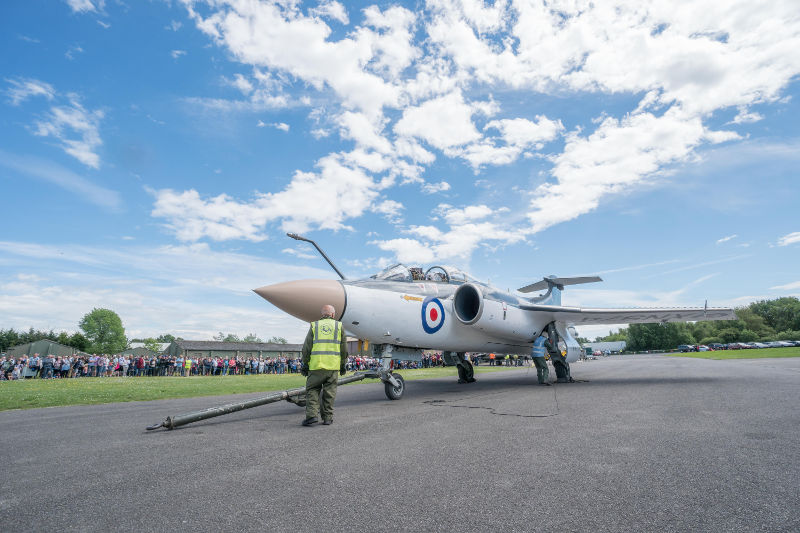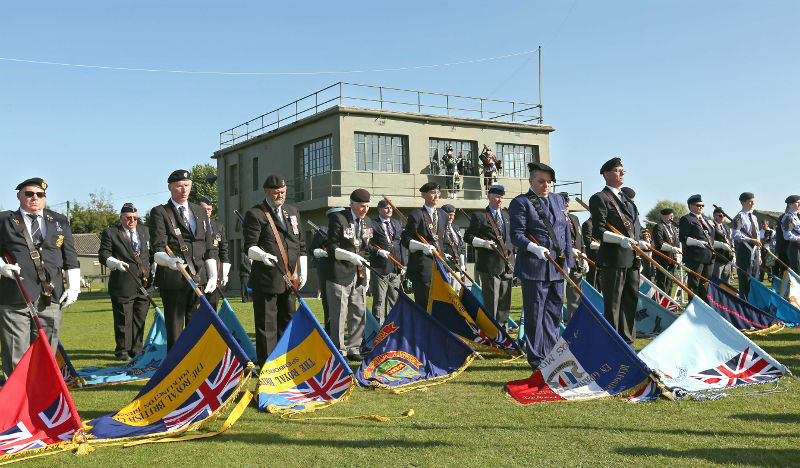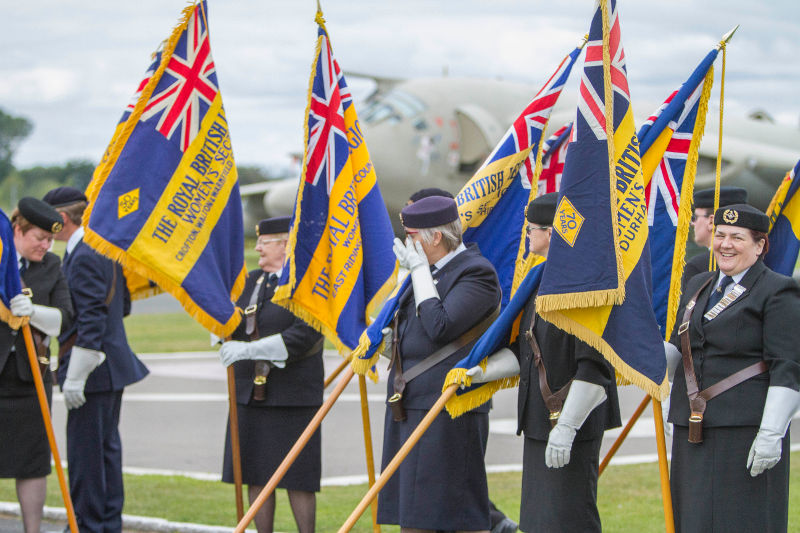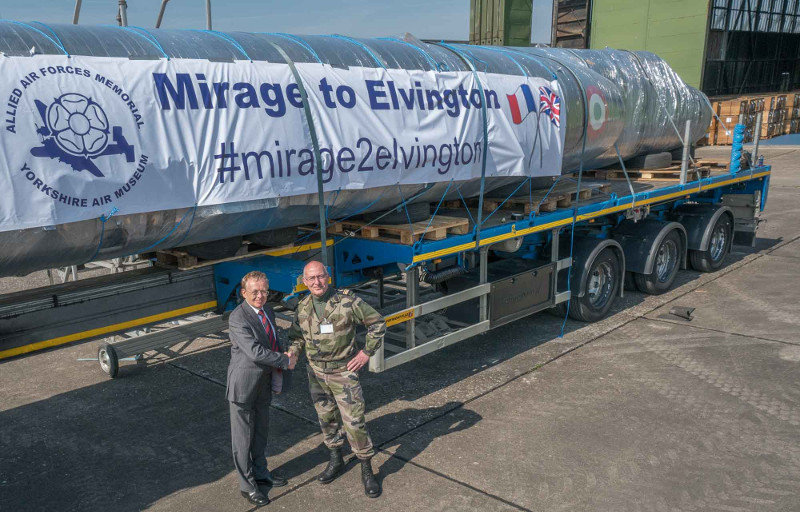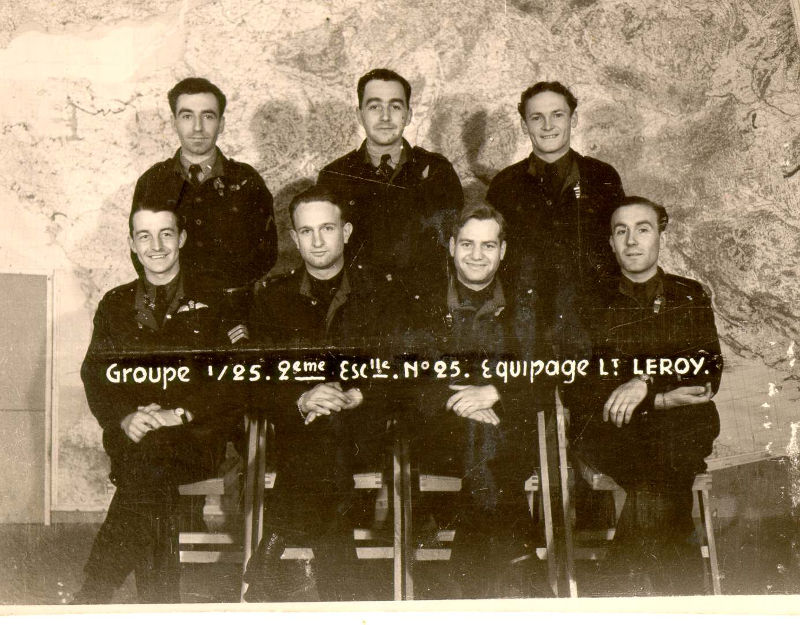Yorkshire Air Museum to Re-open Celebrating Aviation as Yorkshire’s Greatest Invention!
Wednesday, May 19th, 2021
YORKSHIRE AIR MUSEUM RE-OPENS TO THE PUBLIC SATURDAY 22ND MAY.
• OPENING CEREMONY 10:30 AM IN FRONT OF THE MAIN DISPLAY HANGAR.
• NORMANDY VETERANS AND JUNIOR MUSEUM AMBASSADOR WILL UNVEIL NEW AIRCRAFT DISPLAY
• NEW SEASON THEME: “AVIATION: YORKSHIRE’S GREATEST INVENTION”
• MEDIA WELCOME. GATES OPEN 10:0AM.
The Yorkshire Air Museum is reopening to the public on Saturday 22nd May, 115 years to the day after the Wright Brothers were granted a patent for “new and useful improvement in Flying Machines”.
As the Yorkshire Air Museum bursts back to life after long months of forced closure due to the pandemic, a season of celebration of Yorkshire engineering ingenuity and Aviation will start this Saturday.
Taking centre stage within the museum’s enormous aircraft hangar will be the Cayley Glider, the very first manned flying machine, surrounded by a collection of unique aircraft ‘Made in Yorkshire’.
Museum Director Barbara George explains: “This year, we have decided to celebrate Yorkshire aviation. Very few people know that Scarborough born Sir George Cayley designed the very first glider strong enough to carry an adult in 1853. He was a visionary and made history with amazing advance in aviation which earned him the deserved title of ‘Father of aviation’. The Wright Brothers themselves rightfully credited Sir George’s work for inspiring them when they began to experiment with their own glider models in the 1900’s.”
This summer, visitors will be able to see up close life size replicas of the amazing Cayley Glider and Wright Flyer along with iconic Yorkshire designed aircraft, such as the Blackburn Mercury and the Buccaneer as well as museum’s large collection including the museum’s own unique WWII Halifax Mk. III bomber, “Friday the 13th”. The Halifax also has a link with Yorkshire, being named after the most successful Halifax which flew from its Yorkshire base at RAF Lissett near Bridlington.
Much work has been achieved over the past few months to get the museum ready for visitors. With 22 acres of land, large areas of lawn, outdoor and indoor displays, the museum team hope that the safety measures they have put in place combined with the reimagining of the amazing collection on display will encourage many people to visit for the first time.
“We are delighted that D-Day veterans Doug Petty, Sid Metcalfe and Ken Cooke, who all saw action in the sky or on the beaches of Normandy during the D-Day invasion campaign that led to the Liberation of France and Europe, will be with us to celebrate our reopening. They will be joined by 9 year-old Yorkshire Air Museum Ambassador Oliver Vaines. It means a lot to us that we can connect young generations to their heritage. We hope to inspire them by learning about the experience of their ancestors”, comments Ian Richardson, Head of Memorials and Heritage.
Oliver’s passion for history started after his father took him to the museum when he was about 5 years old. “I made it my obligation to make sure he understood the sacrifices made by everyone during the war” his father Darren recounts. “I remember the first time he walked into the hangar and saw the Halifax, he just connected with its presence, the illumination on his face was of epic proportion”. Last year Oliver was inspired by Sir Captain Tom Moore and he started fundraising for the Children’s heart surgery in Leeds. Oliver himself has a rare heart condition. His efforts were rewarded when Sir Tom who sent him a special message to thank him.
The Yorkshire Air Museum was awarded funding last year to help it surmount the covid pandemic via the National Heritage Lottery Funding, through it Emergency Fund, and the Arts Council Recovery Grant. The Funding has been used to conduct essential maintenance and refurbishments, review its long term business plan as well as maintain employment.
The museum’s mission is to Honour, Educate and Inspire.
Normandy Veterans Information.
Douglas Petty (98), flew as Flight Engineer with RCAF 429 Squadron from RAF Leeming. Flew 31 missions, 29 of them in the Handley Page Halifax. Converted to the Lancaster for final operations.
Sid Metcalfe (98). Driver / Mechanic in the Royal Armoured Corps ( Reconnaissance). Captured by Germans and as. POW worked in a copper mine in forced labour. Freed by American Forces.
Ken Cooke (95) Private, Green Howards. Went ashore on Gold Beach on D Day and received serious injury fighting his way into Germany. Repatriated in a Dakota.


